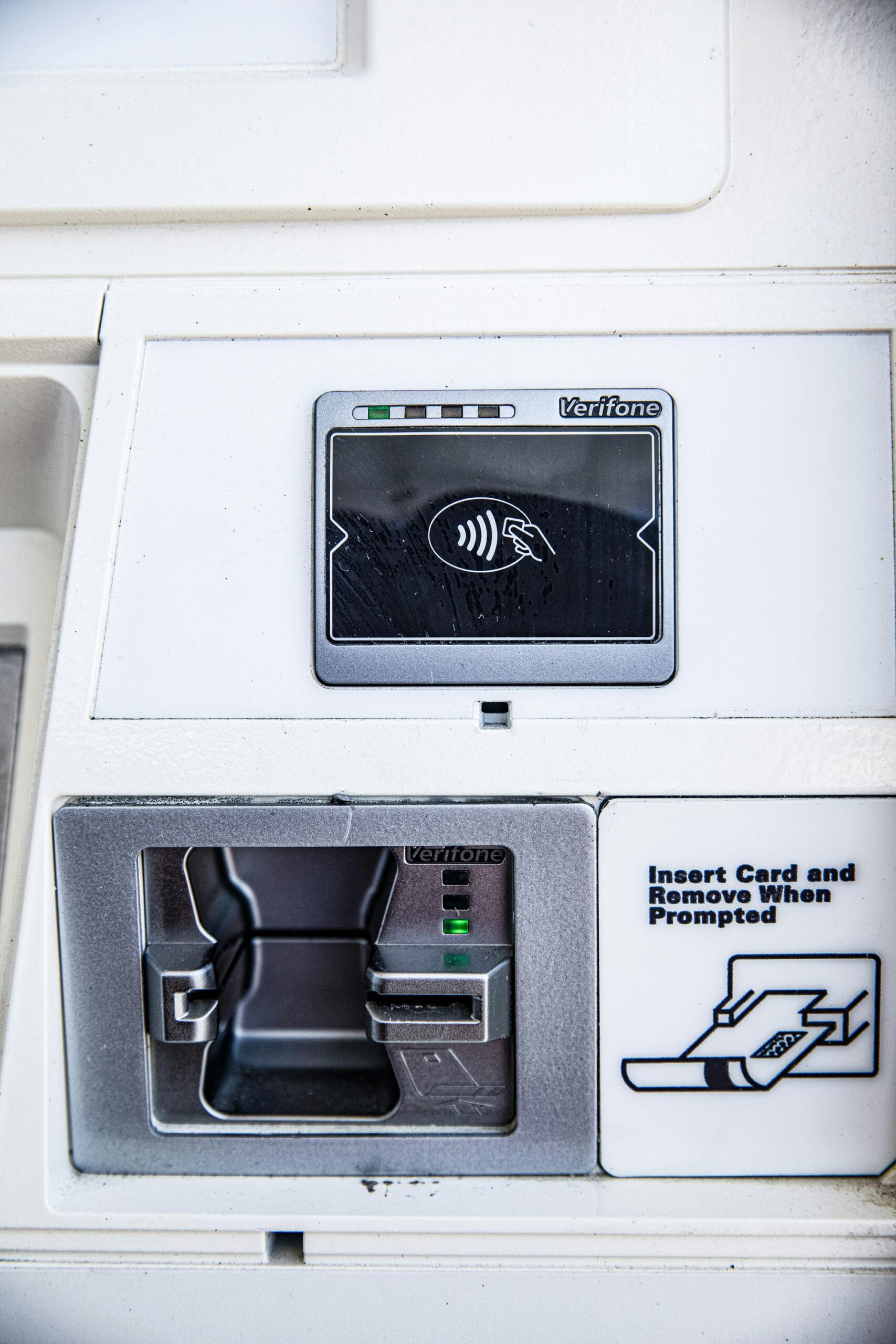
Buying a home is one of the most significant financial decisions many people will ever make. For most, securing a home loan is an essential step in making homeownership a reality. However, navigating the complex world of home loans can be overwhelming, especially for first-time buyers or those unfamiliar with the mortgage process. In this blog, we’ll break down everything you need to know about home loans in the USA, from the types of loans available to the steps involved in securing one.
1. Understanding Home Loans: What Are They?
A home loan, or mortgage, is a type of loan that allows you to purchase a home without paying the full price upfront. Instead, you borrow money from a lender (typically a bank, credit union, or mortgage company) and agree to pay it back with interest over a set period of time. The home itself serves as collateral for the loan, meaning if you fail to make payments, the lender has the right to foreclose on the property.
2. Types of Home Loans in the USA
There are several types of home loans available in the United States, each designed to meet different needs and financial situations. Understanding the various types of loans can help you make an informed decision when choosing the best option for your home purchase.
- Conventional Loans: These are traditional loans not backed by the government. They are typically offered by banks, credit unions, and other private lenders. Conventional loans usually require a higher credit score and a larger down payment compared to government-backed loans.
- FHA Loans: The Federal Housing Administration (FHA) offers loans with lower down payment requirements, making them an attractive option for first-time homebuyers or those with less-than-perfect credit. FHA loans are backed by the government, which helps reduce the lender’s risk.
- VA Loans: Veterans Affairs (VA) loans are available to current and former military service members and their families. These loans often come with no down payment requirement and competitive interest rates, making them a great option for veterans looking to buy a home.
- USDA Loans: The U.S. Department of Agriculture (USDA) offers loans to buyers in rural areas who meet certain income requirements. USDA loans are designed to promote homeownership in rural and suburban communities, and they often require no down payment.
- Adjustable-Rate Mortgages (ARMs): These loans have interest rates that can fluctuate over time, typically based on the performance of a specific index. ARMs often start with lower interest rates, but the rates may increase after an initial period, which can lead to higher monthly payments in the future.
- Fixed-Rate Mortgages: With a fixed-rate mortgage, the interest rate remains the same for the life of the loan, providing stability and predictability in your monthly payments. Fixed-rate loans are popular because they offer consistent payments and long-term financial planning.
3. How to Qualify for a Home Loan
Qualifying for a home loan depends on several factors, including your credit score, income, debt-to-income ratio, and the size of your down payment. Lenders will assess these factors to determine whether you are eligible for a loan and how much you can borrow.
- Credit Score: A higher credit score generally increases your chances of qualifying for a loan with favorable terms. Most lenders prefer a credit score of 620 or higher for conventional loans, though government-backed loans may have more lenient requirements.
- Down Payment: The down payment is the portion of the home’s purchase price that you pay upfront. Conventional loans typically require a down payment of 5% to 20%, while FHA loans may allow for as little as 3.5%. Some government loans, like VA and USDA loans, may not require a down payment at all.
- Income and Employment History: Lenders want to ensure that you have a stable income and a reliable employment history to make timely mortgage payments. They will look at your income level, job stability, and debt-to-income ratio (the amount of debt you owe compared to your income) to determine your ability to repay the loan.
- Debt-to-Income Ratio: This ratio compares your monthly debt payments to your monthly income. Lenders typically look for a debt-to-income ratio of 43% or lower, though some loan programs may allow higher ratios.
4. The Home Loan Application Process
The process of applying for a home loan can vary depending on the lender and the type of loan you’re seeking, but here are the general steps involved:
- Pre-Approval: Before you start shopping for homes, it’s a good idea to get pre-approved for a mortgage. This involves submitting your financial information to a lender, who will assess your eligibility and determine how much you can borrow.
- House Hunting: Once pre-approved, you can begin looking for homes within your price range. It’s essential to keep your budget in mind and stay within the limits set by your pre-approval.
- Mortgage Application: After finding a home, you’ll submit a formal mortgage application to the lender. This application will include detailed information about your financial situation, including your income, assets, and debts.
- Loan Processing and Underwriting: Once your application is submitted, the lender will process it and review your financial information to determine if you qualify for the loan. The underwriting process involves a thorough evaluation of your creditworthiness and the value of the property you’re purchasing.
- Closing: If your loan is approved, you’ll proceed to the closing process. This is where you’ll sign the loan documents, pay any closing costs, and finalize the purchase of your home.
5. Closing Costs and Other Fees
When purchasing a home, there are several additional costs to consider beyond the down payment. These include:
- Appraisal Fees: The lender will typically require a home appraisal to determine the property’s market value.
- Closing Costs: These can include loan origination fees, title insurance, inspection fees, and attorney fees, which typically amount to 2% to 5% of the home’s purchase price.
- Homeowners Insurance: Lenders often require proof of homeowners insurance to protect the property in case of damage or loss.
Conclusion
Home loans are a critical part of the home-buying process in the USA, providing the financial support needed to purchase a home. Understanding the different types of loans, the qualification criteria, and the application process is essential to making an informed decision. Whether you’re a first-time homebuyer or looking to refinance, knowing what to expect can help you navigate the complexities of securing a home loan and set you on the path to homeownership. With the right preparation, you can find the home loan that suits your needs and achieve your dream of owning a home.

















